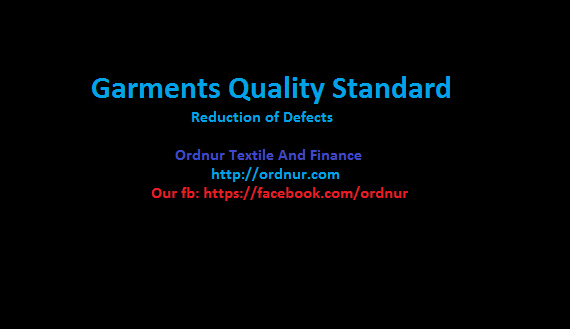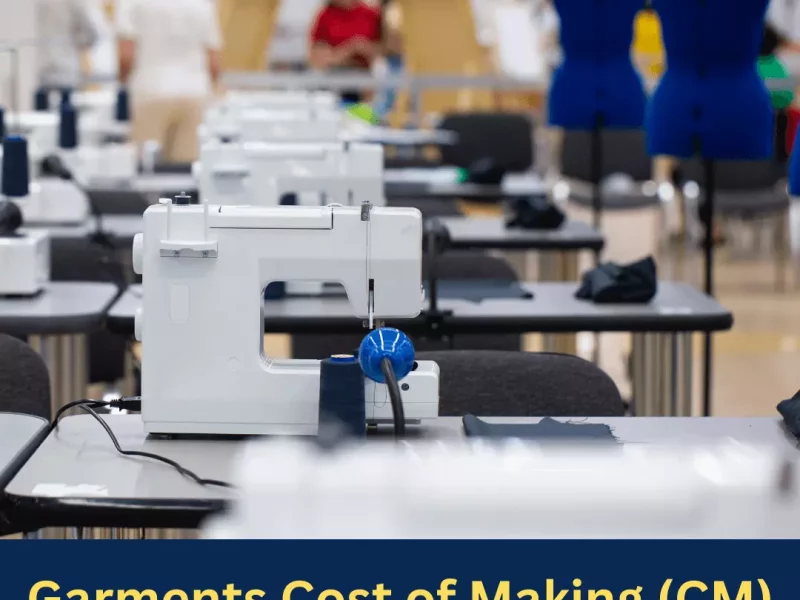Garments Quality Standard
Garments Quality Standard is now one of the most important factors that need to be maintained because people are now more conscious about the quality of garments. The quality standards may vary from company to company, market to market, but there is some common quality standard that all garments always try to maintain. Here I am going to share a list of defects which must be avoided to ensure minimum Quality Standard for garments:
 Garments should not have these defects
Garments should not have these defects
- Needle cuts
- Holes
- Slabs
- Snags
- Open seams
- Broken stitches
- Puckering
- Raw edges
- More than one skipped stitch
Garments should avoid these manufacturing defects
- Defective Stitching
- Untrimmed or loose threads
- Pills
- Cleaning solution
- Embroidery hoop marks
- Stain or soils
- Part Shading
- Any unrelated operation
- Pleats in any seaming
- Contain dirt, Lint
- Uneven seam
- Insecure stitch
- Pinked edge
- Uneven tension
Some Defect must avoid in Finished Garments
- Fabric Fold marks
- Center Crease
- Any Fabric defect
- Unspecified color, shade, and cast
- Sleeves or legs shall be twisted
- Improper pressed
- All tape or stickers other than inspection stickers inside the garment
- Clip or Clamp
- Wrinkles, creases or other signs of poor pressing
- Pressing marks shine, scorching or burn marks
- Unnatural creases or folds
- Wavy or puckered seams
- Appearance of Repairing
Garments Quality Standard



